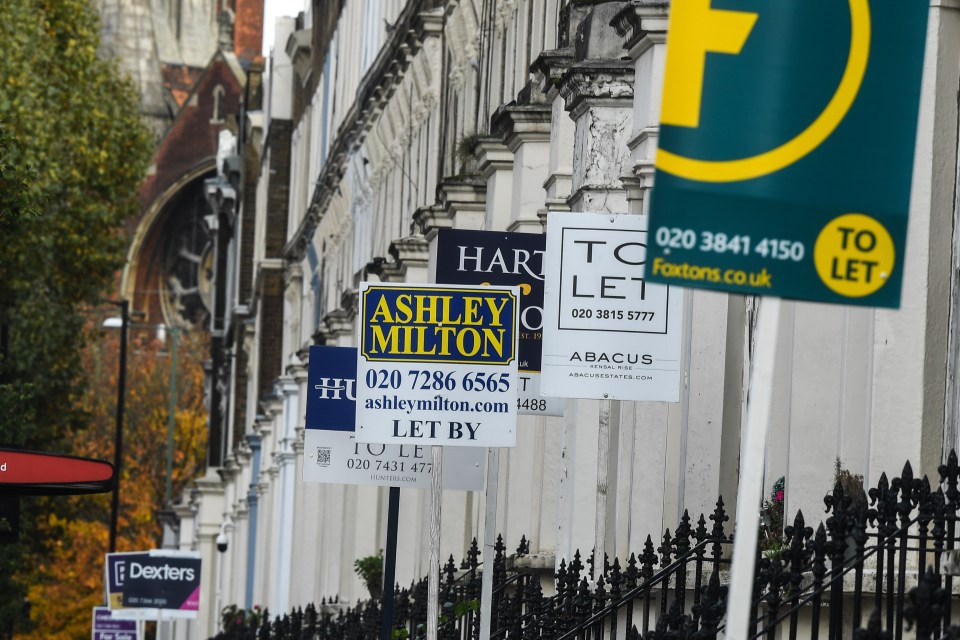Stop pitting home ownership against the rental market, we need both for Londoners

Slashing private landlord investment in the London rental market was a bad idea, and now we don’t have enough properties to rent while people queue for viewings and prices skyrocket, writes Theresa Wallace
We don’t have enough homes for private rent in London. In February, the supply of homes for private rent in the capital was down by 41 per cent compared to the five-year average, according to figures from Zoopla. Figures from Rightmove show that in the third quarter of 2022 the number of new properties becoming available to rent was down by 24 per cent on the previous year.
In the face of a shortage of properties, Savills has spoken of “surging demand” from tenants. Zoopla has pointed to rental demand in London in February being 44 per cent higher than the five-year average. These statistics are supported by emotive pictures of renters queuing to view properties and plenty of anecdotal evidence.
Since 2015, a series of tax changes have deliberately sought to dampen private landlord investment in housing. But the intended reduction in supply assumed that a smaller private rented sector would lead to more homes being available to turn “generation rent into generation buy”. If that was true, why is demand for rented housing increasing so much?
The problem is that this assumption was always wrong. Where a landlord sells a property with multiple households living in it, say a three-bed house rented to unrelated sharers, to a first-time buyer, that might help one household to get a foot on the housing ladder, but it leaves two others scrambling to find a new place to rent. Where a house is available to buy, it’s also not just existing renters competing for it but also the ranks of newly formed households, who make up a third of first-time buyers and are largely drawn from individuals still living with their parents.
In addition, around a third of properties in the private rented sector were built before 1919, making them some of the hardest to improve, especially when it comes to energy efficiency measures. These are not the types of properties that first time buyers are going to be keen to purchase given the significant costs of upgrading them.
Finally, this assumption ignores those for whom home ownership is an impossible dream or undesirable.
The problem will only get worse as demand grows.
The number of those aged 15-29 is projected to increase by almost 7 per cent over the next 10 years according to the Office for National Statistics, whilst the number of people applying to university is set to increase considerably. Add to that the rising costs of homeowner deposits and we will continue to see growing numbers of people scrambling to access an increasingly limited selection of properties. None of these are groups that would necessarily be the right fit for new social housing even if rates of construction increased.
The government needs a proper housing strategy that gets a grip of the crisis renters face. Too often policy has been characterised by backing one tenure over the other. We certainly do need investment in social rented or affordable home-owner properties, but without attention to the broader rental sector too, that ends up simply as a strategy of robbing Peter to pay Paul.
For the private rented sector, that means ending the conflicting policy objectives of ministers. While we have a shortage of long-term homes to rent, the tax system not only discourages investment in new homes to rent, it makes renting as short-term holiday lets more attractive.
Likewise, ministers want to protect benefit claimants struggling to access rented housing, but they fail to accept the need to unfreeze housing benefit rates to support them.
Renters across London need somewhere to live now – not in five or ten years.
Gary Hall, a partner at Knight Frank, contributed to this article
